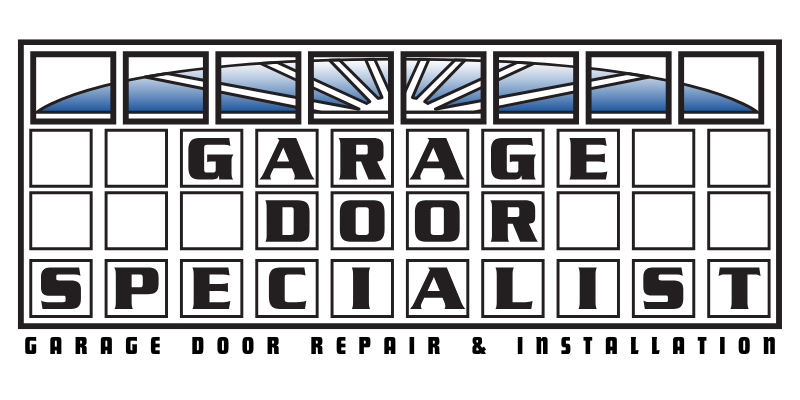Sealing your garage door is a crucial step in protecting both your garage and home. A properly sealed garage door helps prevent …
Read MoreTorsion Springs and Garage Door Safety
Posted by Garage Door Specialist

June is National Garage Door Safety Month! We cannot let the month go by without addressing what can be the most dangerous part of the garage door: the torsion system. If you have ever had a torsion spring break, you know it is loud and the door becomes too heavy to lift. It is a good idea for homeowners to know what parts of the garage door are safe to adjust or lubricate and which parts are not. We want to help keep your home and family safe, the first step is knowing just how dangerous the garage door can be. Since so much of the summer months are spent outdoors and near the garage, it is a great time to address any safety concerns and get ahead of any issues before they arise.
If your torsion spring breaks you may hear a loud bang inside the home. When you press the wall station or remote the door only opens a foot or a few inches then goes back down. This is an indicator your torsion spring has broken.
The torsion system is heavy duty and actually does the lifting of the garage door. It’s a common misconception that the operator lifts the door. Without a properly functioning torsion system the garage door will not lift and will slam closed. The operator actually assists the door through the tracks with the help of the torsion springs. The torsion system includes the torsion shaft or tube, 2 drums, 2 end bearings and 1 center bearring, 2 cables and springs. A certain size spring is engineered to each size garage door.
The screws around the torsion system as well as the bottom brackets are usually red. If you ever see red bolts on the garage door they are painted red for danger. They should not be removed or adjusted. They likely have tension on them and can come off with force if the screws or bolts are removed.

To gauge if the garage door springs are in good condition or properly balanced, you may test the garage door doing a balance test:
- First, pull the emergency release and release the door from the operator.
- Pull the garage door down midway.
- If the garage door does not stay in place or starts to travel down, or if the door slams closed, it is time for a professional to add tension or replace the springs.
Most single, one car garage doors usually have only one spring. Double door, or two car garage doors should have two springs. Of course, there are exceptions to the rule depending on how heavy the garage door is or how high it lifts into the ceiling. A double door should have two springs. Sometimes builders cut costs down during the initial build by only installing one spring. They typically do not last long since they are doing all of the work on their own. It also puts additional stress on the operator. Another issue is if a double garage door comes down on something like a bike they are a lot more likely to go off track if there are not two springs installed on the garage door.
Garage door part availability has really been affected by COVID-19, with the reduction of manufacturing and a metal shortage. Torsion springs are not as readily available as they were pre-pandemic. If a spring breaks, now more than ever it is best to replace them both at once if you have two.
Torsion springs should only be installed by an insured, experienced garage door technician to avoid injury and to make sure the proper springs are installed on the garage door. If you have any questions or would like an onsite estimate give us a call at 919-841-0030 or stop by our showroom here. We are always happy to help.

